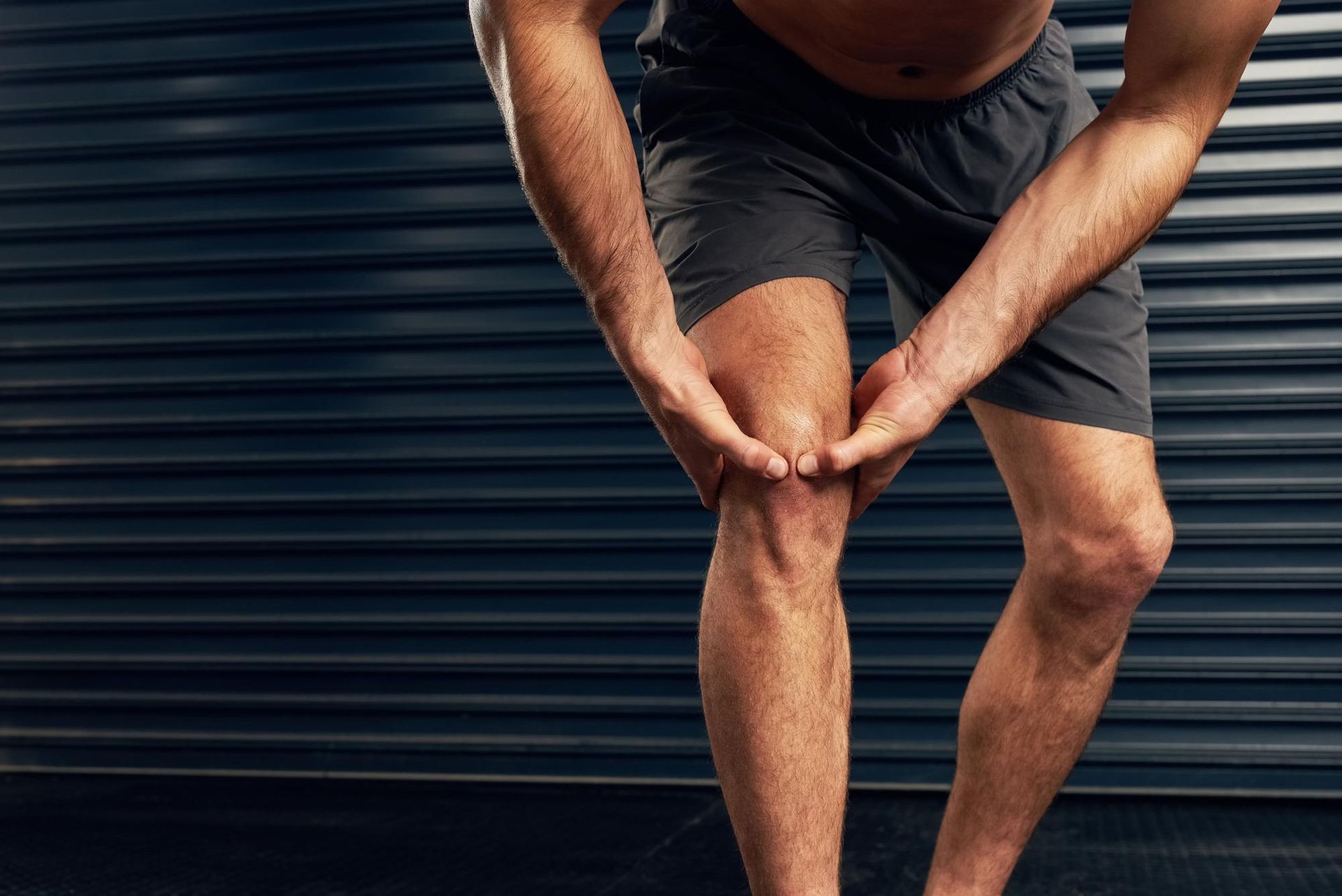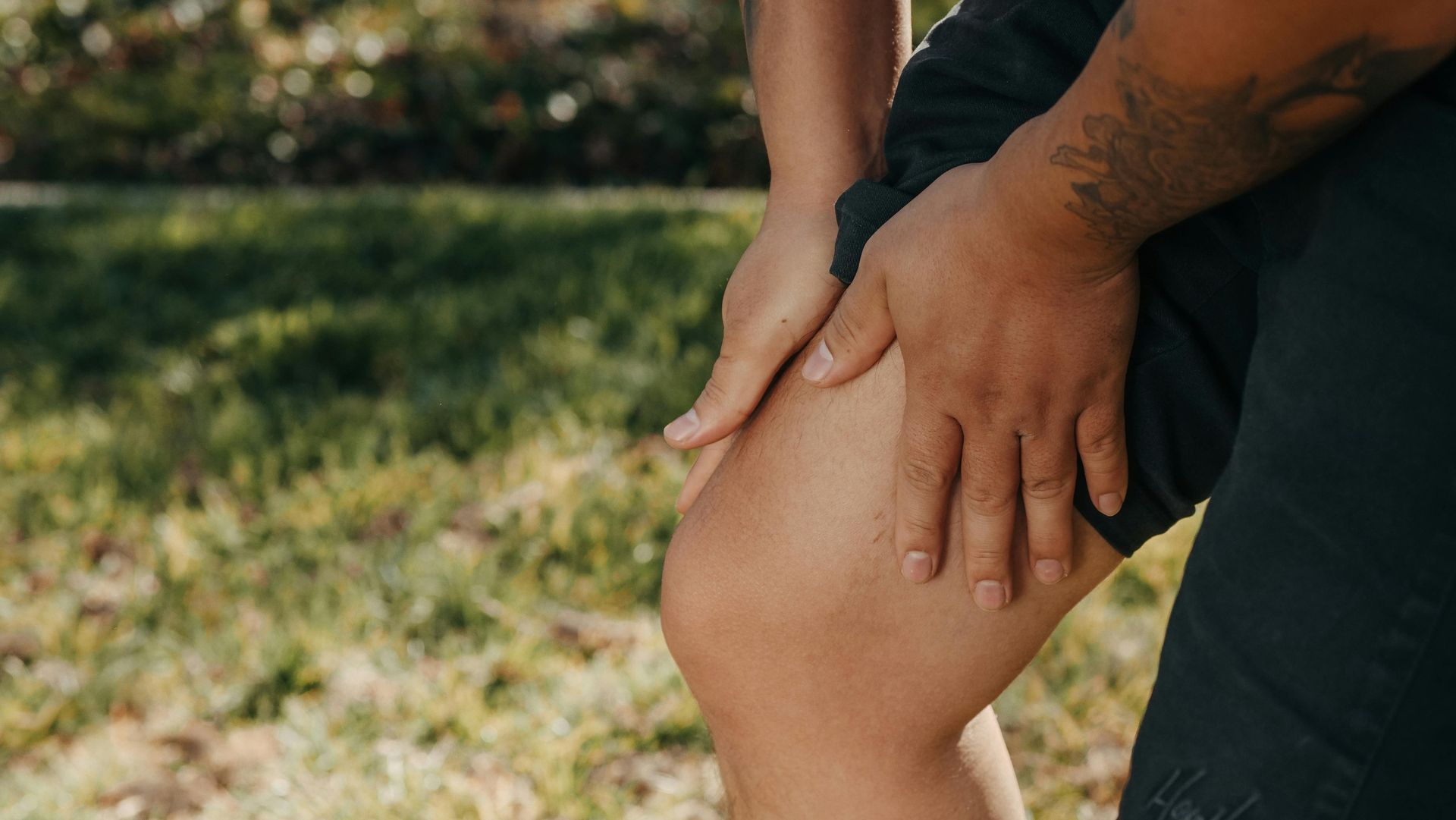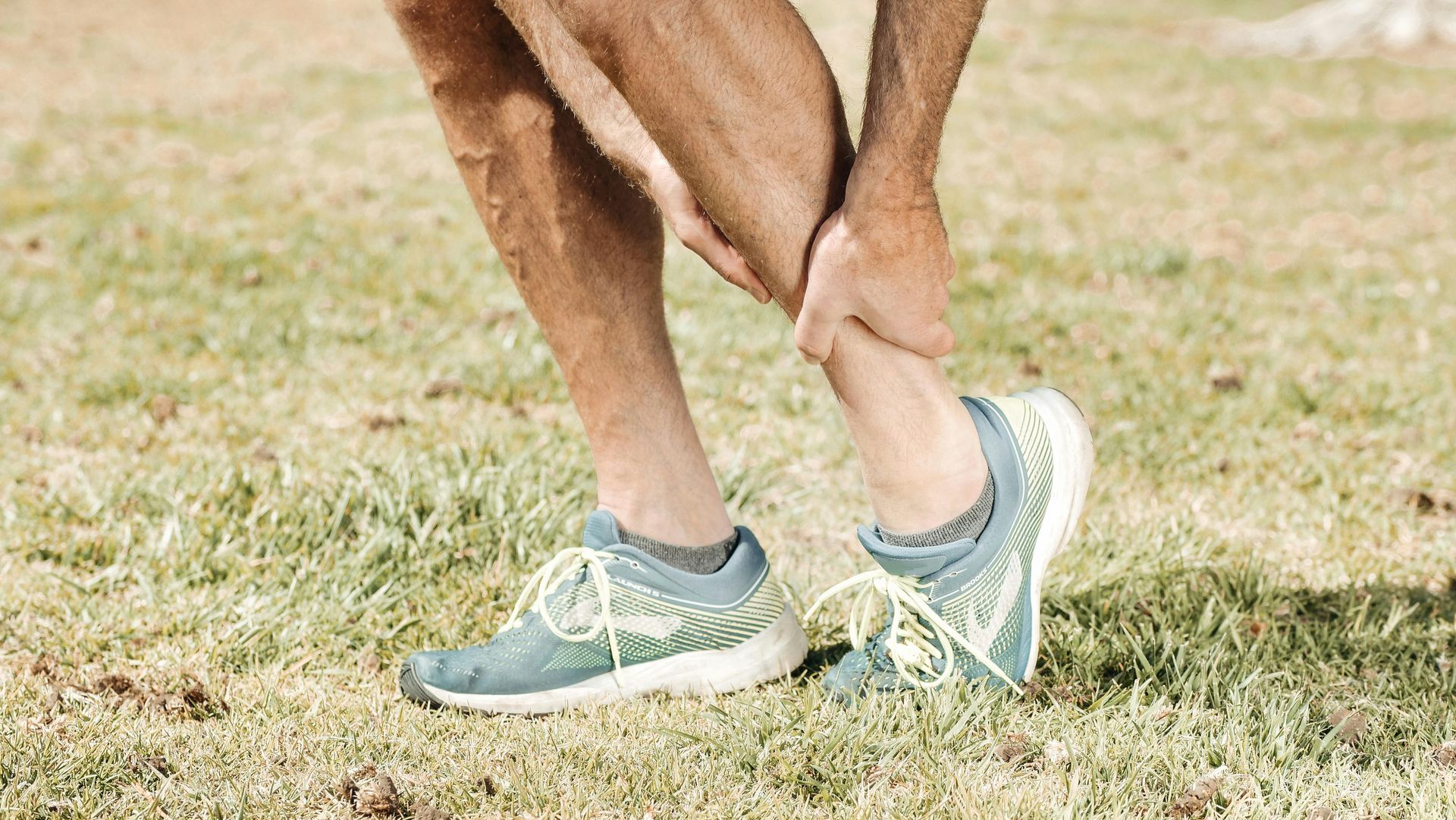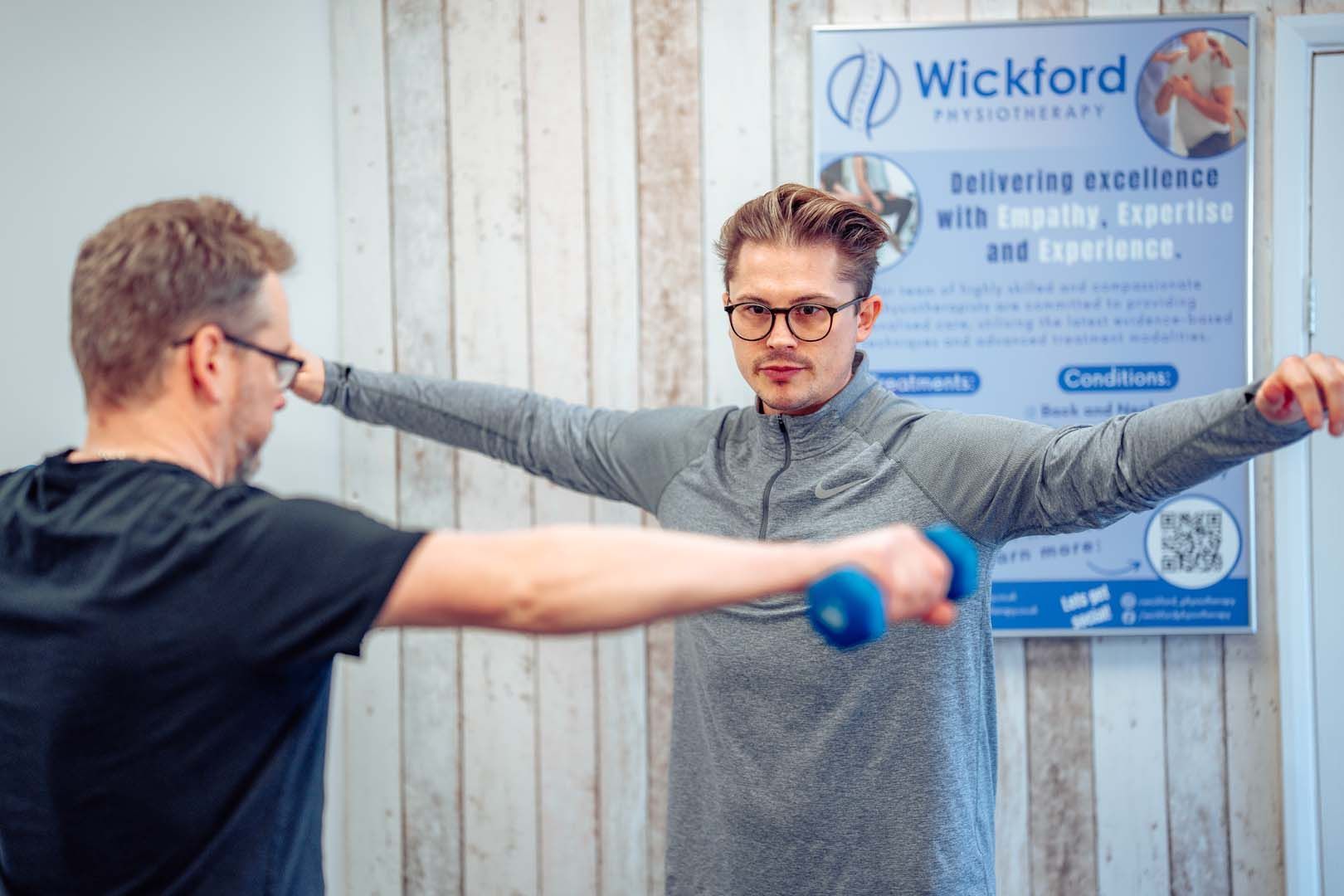Demystifying Tendinopathy: Insights from a Physiotherapist
Demystifying Tendinopathy: Insights from a Physiotherapist
Deciphering Tendinopathy: Understanding the Basics
Tendinopathy, a term that might sound daunting, is essentially a condition that affects our tendons. These are the fibrous tissues that connect muscles to bones, facilitating movement. When tendinopathy occurs, it implies a breakdown or degeneration of these crucial structures. This often leads to pain, reduced mobility, and, if left unaddressed, can significantly impact daily life.
There can be many causes, including overuse, aging, poor biomechanics, and sometimes even genetic predispositions. It's important to note that tendinopathy isn't limited to athletes; it can affect anyone. Common areas prone to tendinopathy include the Achilles, rotator cuff, and patellar tendons.
Navigating the Symptoms: Recognising Tendinopathy
Recognising tendinopathy is key to seeking timely intervention. Common symptoms include localised pain and tenderness around the affected tendon, which often worsens with activity. You may also notice swelling or a feeling of stiffness, particularly after periods of inactivity.
One distinctive feature of tendinopathy is that it tends to progress slowly, with symptoms initially being mild and gradually intensifying over time. Ignoring these signs can lead to further complications, making early detection crucial.
Proactive Strategies: Prevention and Lifestyle Modifications
Prevention is indeed the best cure when it comes to tendinopathy. For those engaged in physical activities, it's crucial to gradually increase the intensity and duration of workouts. A well-rounded exercise routine that includes both strength training and flexibility exercises can go a long way in safeguarding your tendons.
Equally important is listening to your body. If you experience persistent discomfort, don't push through it. Rest and allow your body to recover. Adequate nutrition and hydration also play a significant role in tendon health. Ensuring you're getting the right nutrients can help in preventing tendinopathy.
Tailoring Treatments: Physiotherapy Interventions
As physiotherapists, our goal is to provide tailored interventions that address the specific needs of each individual. This may involve a combination of techniques, including targeted exercises to strengthen the affected tendon and its surrounding muscles. Manual therapy, such as massage and joint mobilisations, can also be highly effective in relieving pain and improving mobility.
In some cases, modalities like ultrasound or shockwave therapy may be recommended to facilitate healing. Additionally, we often work closely with patients to assess and modify their movement patterns, ensuring they're not placing excessive strain on the affected tendon.
Embracing Recovery: Patience and Persistence
Recovering from tendinopathy is a journey that requires both patience and persistence. It's important to understand that progress may be gradual, but each step forward is a victory. Adhering to prescribed exercises and following lifestyle modifications diligently can make a significant difference in the long run.
Tendinopathy, while a complex condition, can be effectively managed with the right approach. If you have any concerns, give us a call.











